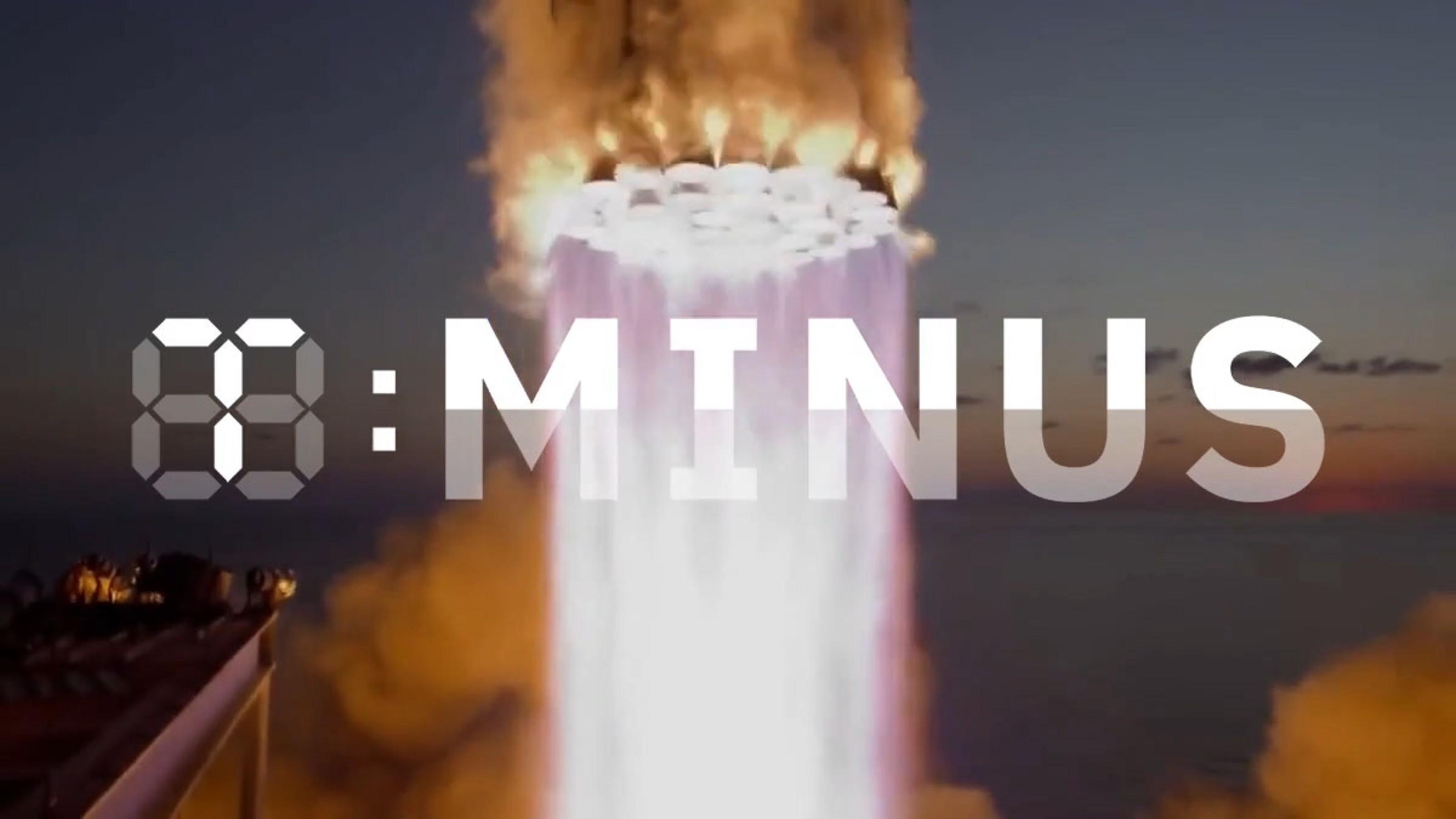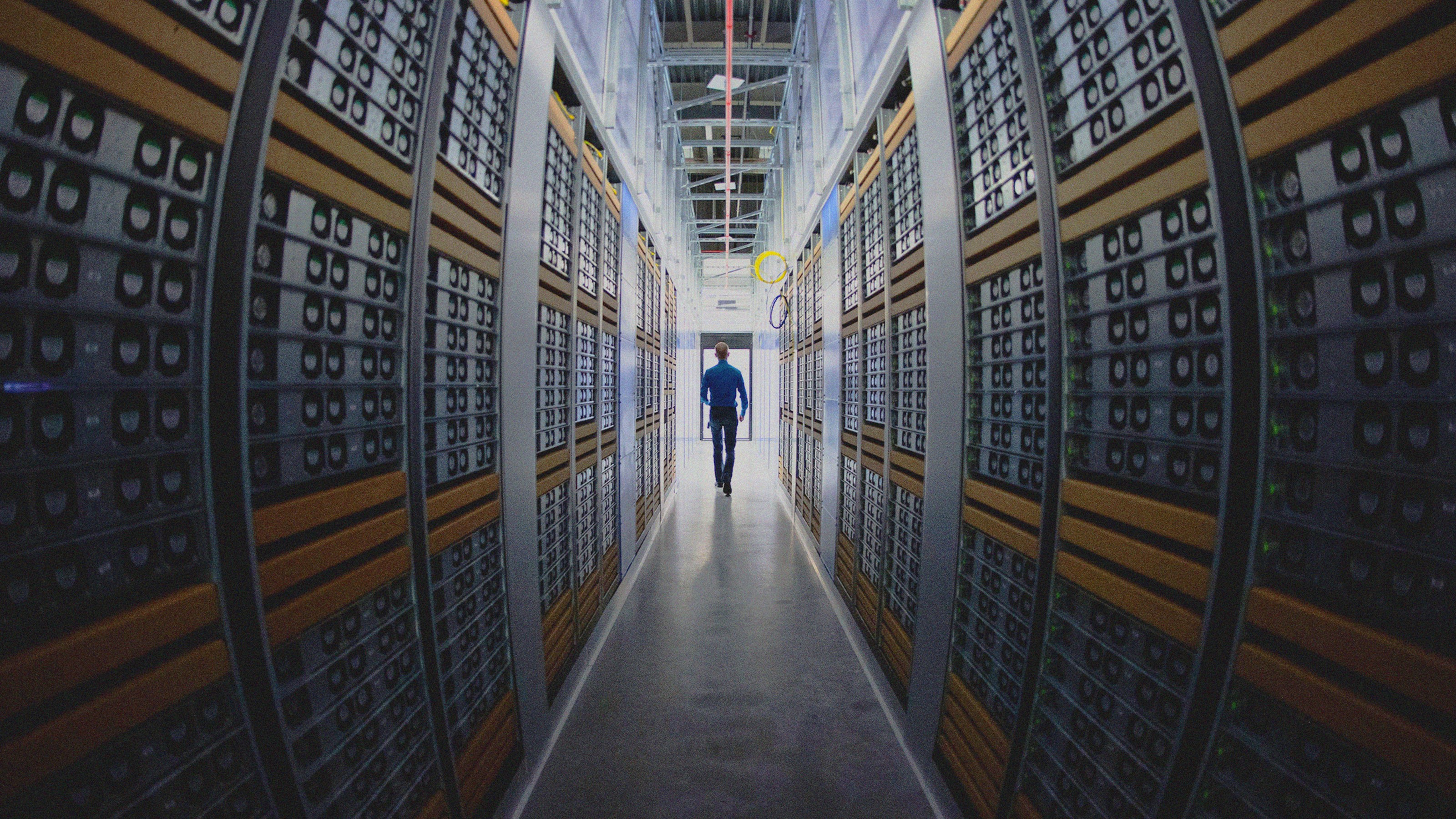Bill Nye (The Science Guy!) opines on the pros and cons of NASA and SpaceX manufacturing. In a congressional move of either genius or ignorance, the decentralization of NASA facilities has resulted in remarkable resilience… at the expense of efficiency and cost control, that is. Bill closes with some off-the-cuff fantasizing about his own trip into space.
Bill Nye: So SpaceX is a response to the history of space exploration. This is my point of view. So one of the magical things about NASA, the National Aeronautics and Space Administration here in the U.S., is the administration has stayed about the same for, 1958, what is that, 56 years. The reason is Congress had either the ignorance or the genius to put a dozen NASA centers in 13 different places around the US. And when you try to close a NASA center in Congress, people come unglued. You can't close a NASA center. This is how people got to the moon. When John Kennedy was shot, which was an awful thing, any idea to cancel the moon program was squashed. As soon as Kennedy was shot we couldn't not, not go as the expression goes. So humans went to the moon, the space program existed, changed the world in a great way, however, it made things expensive.
When you build rocket engines in Alabama and you get the fuel from Utah and you test them in Mississippi and you then send them to Florida and control all that from Texas, with some drop testing done in Cleveland and all sorts of material science research done in California, some flight tests done in the desert in Arizona, when you do all that you just add cost. When you go to SpaceX, the material, the stainless steel and the aluminum come off the train cars. It goes through the factory like this. We make our tanks. We make our space frame or airframe. We make our rocket engine bells. We hook up all our plumbing. It goes back this way. We do the wiring and it goes back on the train car and goes to either Vandenberg Air Force Base or Cape Canaveral because it's all made in one place. But the way NASA was established in 1958, it's not set up that way and that was good and bad.
So it is to be hoped that SpaceX, Sierra Nevada Space, Blue Origins, that these companies will emerge and lower the cost, especially of taking stuff to low earth orbit. Keep in mind everybody, for all the free market libertarian let's go laissez-faire people, SpaceX has taken at least half a billion dollars, $500 million from NASA because NASA wants to develop this capability. When you buy an Atlas V rocket or a Delta IV rocket those are commercially made gizmos, and so is going to be the Falcon and Falcon Heavy. These are commercial rockets and NASA has gone to great lengths to develop that business. It's all good. It's all good.
I would go to space like that. I applied to be an astronaut four times. I would love to get a view of the earth from space. And right now the price is $200,000, it starts to come down into the 10th of that I could imagine doing it. If you've never jumped out of a plane with a parachute, that is cool. I don't do it full-time but I get it. It's exciting and you do see the world in a new way and you're in the air. Everybody's dream is to be able to fly. You're flying for a few moments. I get it. I can see how people get hooked on that. And I think space exploration would be the same deal.
Directed / Produced by Jonathan Fowler, Elizabeth Rodd, and Dillon Fitton






